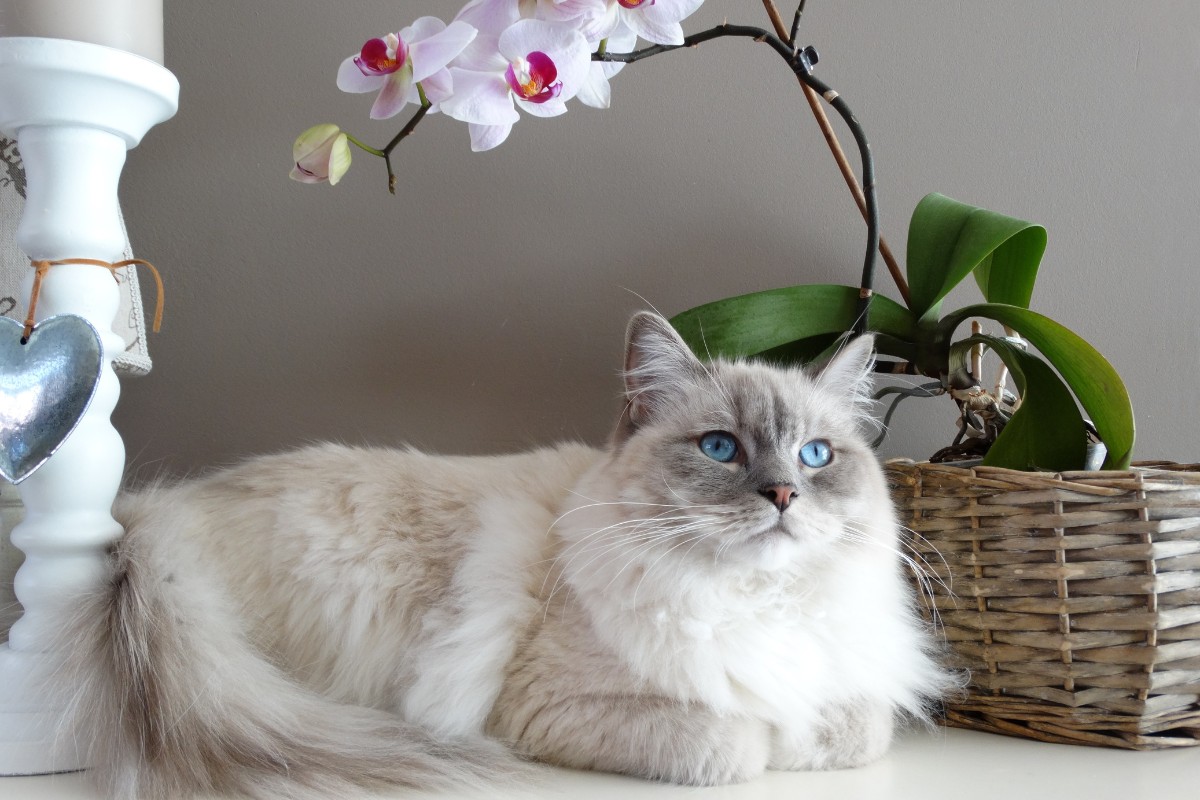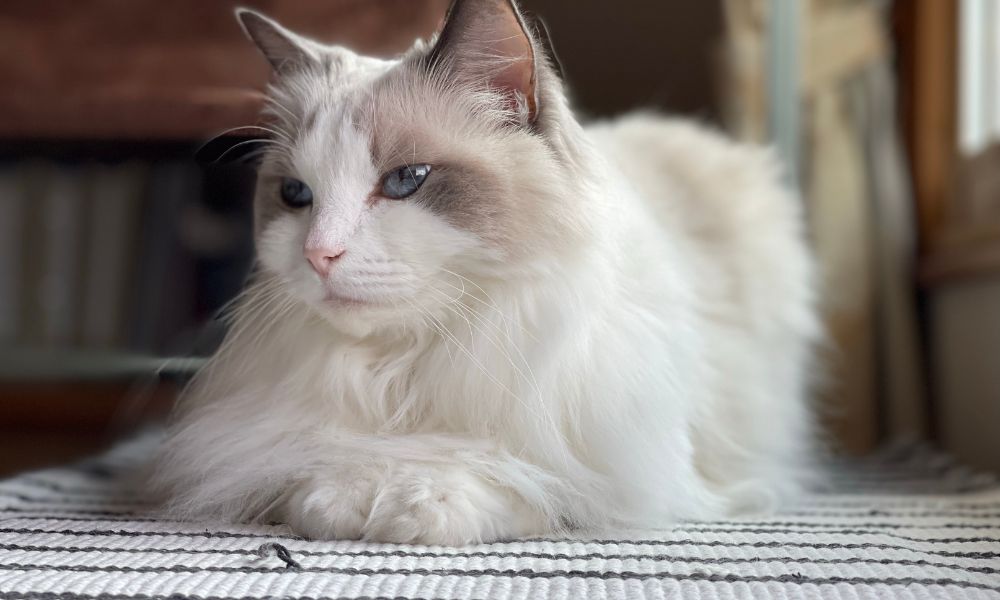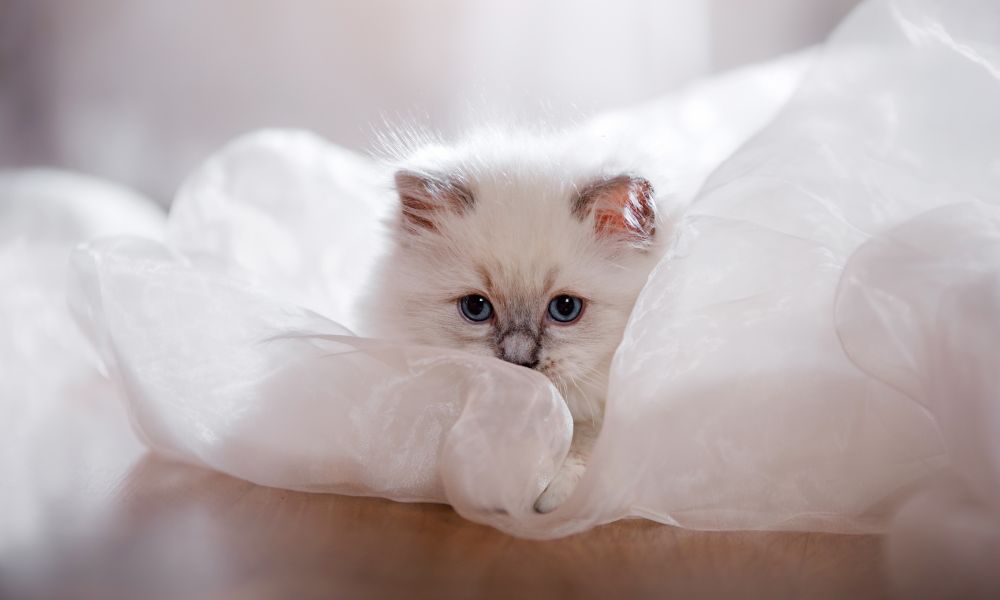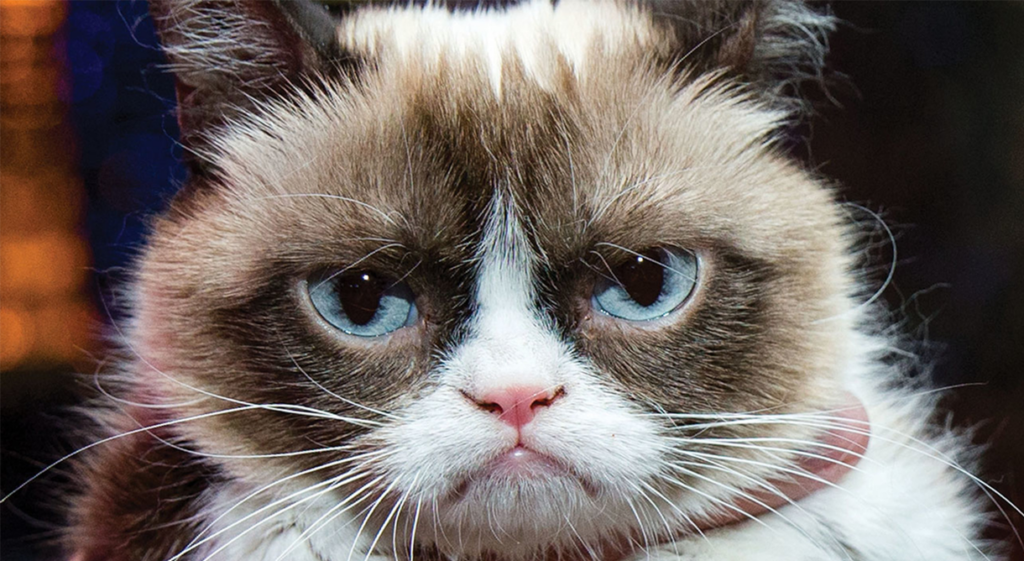 31 Oct
31 Oct9 Interesting Facts About Ragdoll Cats
If you’re a feline enthusiast like me, you’re likely familiar with the undeniable appeal of Ragdoll cats. These lovable creatures have a reputation for being some of the most endearing and gentle companions a cat lover could ask for.
In this article, we’re going to uncover nine intriguing facts about Ragdoll cats that shed light on why they’ve captured the hearts of pet owners around the world.
From their origin story to their distinctive physical features, Ragdolls are a breed worth getting to know. Whether you’re a seasoned cat parent or considering bringing one of these furry friends into your life, you’re in for a treat. So, let’s embark on a journey to discover what makes Ragdoll cats truly special.
Fact 1: Origin of the Ragdoll Breed
The story of the Ragdoll breed is as captivating as the cats themselves. Journeying back to the 1960s, it all began in the sunny state of California. Ann Baker, a visionary breeder, played a pivotal role in creating the Ragdoll we know today.
By selectively breeding a white domestic longhaired cat named Josephine with other long-haired breeds, Baker embarked on a mission to produce a feline breed that stood out not just for its looks but also for its distinct temperament. The offspring from these pairings bore the hallmark traits we associate with Ragdolls: striking blue eyes, a silky semi-long coat, and an undeniably affectionate demeanor.
But the Ragdoll’s name? It’s said to have been inspired by their characteristic tendency to go limp when held, resembling the floppy nature of a ragdoll toy. Over time, Ann Baker’s dedication and breeding expertise cemented the Ragdoll’s place in the world of feline breeds, turning it into one of the most sought-after cats around the globe.

Fact 2: Physical Appearance
When you first lay eyes on a Ragdoll cat, there’s an immediate sense of awe. One of the most prominent features of this breed is its impressive size. Often referred to as one of the largest domestic cat breeds, adult Ragdolls can weigh anywhere between 10 to 20 pounds, with males generally being on the heavier side.
Then, there are those mesmerizing blue eyes. Clear, deep, and vivid, their eyes are truly a window to their gentle soul. It’s no wonder that many people find themselves lost in the gaze of a Ragdoll.
As for their coat, it’s a beauty in its own right. Soft to the touch and semi-long, it has a plush feel that’s hard to resist. But it’s not just about the length. Ragdoll cats exhibit a variety of coat patterns and colors. While the colorpoint pattern – where the ears, face, tail, and paws showcase a darker hue – is quite common, there are also mitted, bicolor, and lynx variations. Colors can range from seal to blue, chocolate, lilac, and even red or cream.
Fact 3: Unique Personality Traits
While Ragdolls undeniably draw attention with their physical beauty, it’s their personality that truly makes them stand out in the cat world. Gentle, calm, and incredibly affectionate, they are often likened to the disposition of a dog. They crave human interaction and have a knack for forming deep bonds with their families.
One of the most endearing traits of a Ragdoll is their tendency to go limp when picked up. This trait isn’t just a cute quirk; it’s where their name originates! When you lift them into your arms, they relax completely, reminding you of a soft, pliable ragdoll toy.
Moreover, their social nature means they aren’t just interested in human companionship. Ragdolls often get along splendidly with other pets, including both cats and dogs. Their docile disposition and aversion to aggression make them particularly suited for households with multiple pets or children.
It’s not an exaggeration to say that a Ragdoll’s nature is truly therapeutic. Their soft purrs, patient demeanor, and unending affection can melt away the stresses of the day, making them more than just pets—they’re heartwarming companions for life.
Fact 4: Intelligence and Trainability
Ragdoll cats are not only beautiful and affectionate but also remarkably intelligent. They possess a keen curiosity and a quick learning ability that sets them apart in the feline world.
One of the joys of having a Ragdoll cat is the ease with which they can be trained. While they may not fetch your slippers like a Labrador, they are certainly capable of learning tricks and commands. From simple commands like “sit” and “stay” to more playful tricks like “high-five” or “fetch,” Ragdolls are up for the challenge.
When training your Ragdoll, it’s important to keep a few things in mind. Firstly, consistency is key. Keep training sessions short and regular, and use positive reinforcement techniques like treats and praise. Secondly, make sure the training environment is free from distractions. This will help your Ragdoll focus and learn more effectively.
Lastly, always be patient and gentle. Ragdolls respond best to positive reinforcement and a loving, encouraging approach. With a bit of time and effort, you’ll be amazed at just how much your Ragdoll can learn and how enjoyable the training process can be.

Fact 5: Low Maintenance Grooming
Despite their luxurious semi-long fur, Ragdoll cats are surprisingly low-maintenance when it comes to grooming. Their coat, though soft and silky, is less prone to tangling and matting compared to other long-haired breeds. This means you won’t find yourself constantly battling knots and tangles.
To keep your Ragdoll’s coat in prime condition, a regular brushing session once or twice a week should suffice. A good-quality, wide-toothed comb or a soft-bristle brush will help remove loose fur and prevent any potential tangles from forming. Pay special attention to areas like the underarms, belly, and behind the ears, where fur tends to be denser.
In addition to regular brushing, it’s advisable to check their ears, eyes, and teeth on a weekly basis. This helps catch any issues early and ensures your Ragdoll’s overall health and well-being.
Despite their low grooming needs, remember to make this a bonding experience for both you and your furry friend. Approach it with a gentle touch and plenty of affection, turning grooming time into an enjoyable ritual for you both.
Fact 6: Great with Families and Other Pets
Ragdoll cats aren’t just wonderful companions; they’re also fantastic additions to families of all shapes and sizes. Their gentle and affable nature makes them particularly well-suited for households with children.
These cats have an innate ability to adapt to the energy levels and playfulness of youngsters. They’re patient and tolerant, making them ideal playmates for kids who are learning to interact with pets. It’s not uncommon to see a Ragdoll happily engaged in a game of tag or calmly enduring a “dress-up” session orchestrated by imaginative little hands.
Moreover, Ragdolls are not territorial or aggressive, which makes them excellent candidates for multi-pet households. They tend to be social butterflies, more inclined to form friendships than rivalries. Whether you have other cats, dogs, or even small animals like rabbits, a Ragdoll is likely to greet them with open paws and a friendly disposition.
But you don’t have to take just my word for it. Ragdoll owners from all walks of life have shared heartwarming anecdotes of their cats forming deep connections with family members and other pets. It’s not uncommon to hear tales of Ragdolls acting as comforting presences during tough times or playmates during joyous moments.
Fact 7: Health Considerations
While Ragdoll cats bring immense joy and comfort to their families, it’s essential to be aware of specific health considerations to ensure their well-being. Like all breeds, Ragdolls have susceptibilities to certain health issues.
One of the primary health concerns for Ragdolls is hypertrophic cardiomyopathy (HCM). HCM is a heart condition where the walls of the heart muscle thicken, making it harder for the heart to function efficiently. Regular check-ups with a veterinarian can help catch early signs of HCM, and it’s advisable for potential Ragdoll owners to select breeders who test for this genetic predisposition.
Ragdolls, given their larger size, can sometimes be prone to joint issues, such as hip dysplasia. It’s a condition where the hip joint doesn’t fit into the hip socket properly, which can lead to arthritis over time. Ensuring that your Ragdoll maintains a healthy weight and gets regular, moderate exercise can help reduce the risk of joint problems.

Fact 8: Ragdoll Cats in Pop Culture
Ragdoll cats, with their striking looks and charming personalities, have not just captured the hearts of cat lovers worldwide but have also made a splash in the realm of pop culture. Their star quality has paved the way for appearances in movies, commercials, and the vast world of the internet.
Movies and Television
While not always playing leading roles, Ragdolls have made their fair share of cameos in movies and TV shows. Their calm demeanor makes them ideal for on-set work, and they often play the part of the luxurious or pampered pet.
Commercials
Given their photogenic nature, it’s not surprising to see Ragdolls in commercials, especially those related to pet products. Their serene expressions and majestic fur make them a favorite choice for advertisers looking to create a memorable visual.
Internet Celebrities
In the age of social media, several Ragdoll cats have risen to fame on platforms like Instagram, YouTube, and TikTok. Their antics, coupled with their stunning looks, make them a favorite among cat enthusiasts and general audiences alike. Some of these internet-famous Ragdolls boast followers in the hundreds of thousands, with fans eagerly awaiting their next post or video.
One notable mention is a Ragdoll named “Whisker,” who became an internet sensation for his impressive tricks and close bond with a Golden Retriever named “Sunny.” Their shared videos showcasing their unique friendship have garnered millions of views and have been featured on multiple news outlets.
Fact 9: Adoption and Responsible Ownership
While the allure of owning a Ragdoll cat is undeniable, it’s vital to approach the decision with responsibility and forethought. Owning a pet is a long-term commitment, and with Ragdolls, you’re looking at potentially 15 to 20 years of companionship.
Considering Adoption
Before deciding to buy a Ragdoll kitten from a breeder, consider checking reputable shelters or breed-specific rescues. Many Ragdolls and Ragdoll mixes are looking for their forever homes, and adopting can be a rewarding experience. You’re not just getting a loving companion but also giving a deserving cat a second chance at a loving home.
Researching Reputable Breeders
If you do decide to buy from a breeder, it’s crucial to ensure they are reputable and prioritize the health and well-being of their cats. A responsible breeder will be open to answering questions, providing information on the kitten’s lineage, and discussing potential health concerns.
Commitment to Care
Once you’ve brought a Ragdoll into your home, it’s essential to commit to their well-being. This includes regular vet check-ups, a balanced diet, ample playtime, and consistent grooming. Being proactive about their health can help identify and address potential issues early on.
Environment and Engagement
Ragdolls thrive in a loving environment. They are social cats, so ensure they have plenty of interaction, be it with family members, other pets, or through toys and play sessions. They appreciate a routine, so try to maintain consistency in feeding, play, and rest.
Education
Stay informed about the specific needs of Ragdolls. Joining Ragdoll cat forums, reading books, or connecting with other Ragdoll owners can provide valuable insights and tips on caring for your feline friend.
Owning a Ragdoll cat can be a journey filled with love, laughter, and memorable moments. By adopting responsibly and committing to their care, you ensure a fulfilling and happy life for both you and your Ragdoll.




